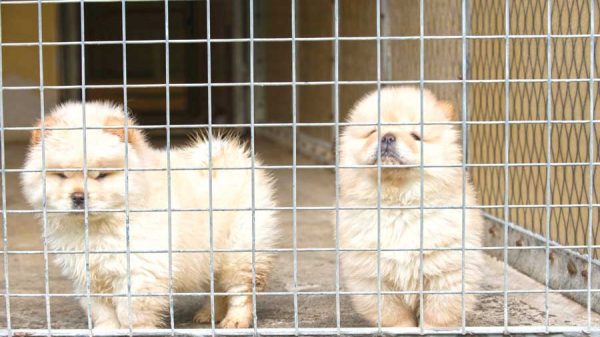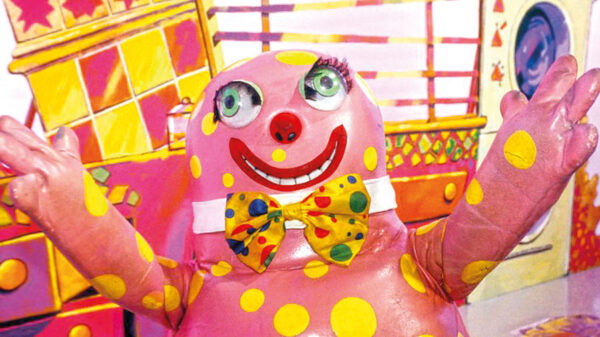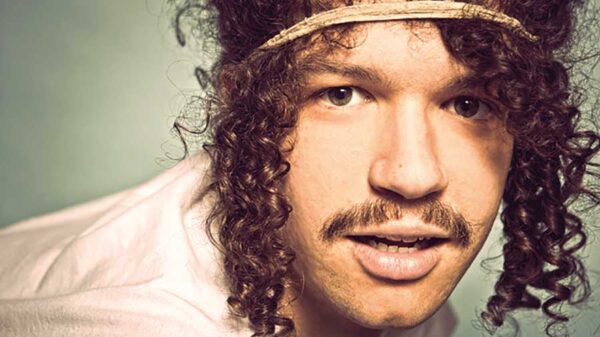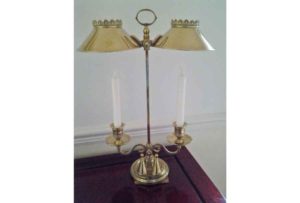January marks the centenary of the passing of the great showman Buffalo Bill. Celebrated over the years as the catalyst for the ‘westerns’ in the world of cinema and television, and mythologised in ‘dime novels.’
The legendary Buffalo Bill’s ‘Wild West Show’ appeared in many towns throughout the land, performing in Leeds at Cardigan Fields and several parts of Yorkshire, twice in 1892 and in 1903. It must have been quite bizarre seeing his entourage exiting the three commissioned trains in 1903, five hundred horses, ten elk, ten mules, bears and deer and a small herd of buffalo, or bison to give them their proper name, and all this for a ticket costing two shillings to see this most spectacular of shows. The Yorkshire Evening Post reported in September 1903 on the ‘native Americans’ that:
“….decorate themselves with coloured cloths, sparkling Beads, and other dazzling ornaments.”
The show featured stage-coaches, horses, bison, cowboys and ‘native Americans’ commonly known at the time as ‘Indians.’ Topping the bill of course was Buffalo Bill described as:
“the master exponent of horseback marksmanship, in
his wonderful exhibition of shooting while riding a
galloping horse.”
Born in Le Clair, Iowa in 1846 William Frederick Cody’s early life saw tragedy in the family, his brother died in a riding accident, and when he was eleven, his father died due to a stabbing incident that had happened four years before and never fully recovered.
Cody had little education and at fourteen he was a Pony Express rider, a scout for the ill-fated General Custer, also becoming friendly with the famous Wild Bill Hickok. In the 1860s Cody used his shooting skills claiming to have shot 4,285 buffalo in 18 months to feed the railway workers near Fort Hays.
Cody’s most successful venture was his ‘Wild West Show and Congress of Rough Riders of the World.’ In 1887 the show was in London at Earl’s Court appearing in front of 40,000 people. It was also Queen Victoria’s Golden Jubilee and she requested a private showing making it a massive national success. King Edward VII would also enjoy seeing the show later.
An imposing figure, 6ft 2inches tall, dressed in leather buckskins, a crimson silk shirt and a large Stetson hat with greying hair down to his shoulders he would introduce the show:
“Ladies and gentlemen, permit me to introduce to you a congress of rough riders of the world!”
The show also featured the Deadwood Stage Coach which film buffs will remember when seeing the opening scenes of the cinema classic ‘Calamity Jane’ starring Doris Day. Another legend travelling with the show was the famous sharp shooter Annie Oakley who could split playing cards, hit dimes in the air and shoot cigarettes out of the mouth of her husband, Frank Butler.
Buffalo Bill was certainly the greatest showman of the era and stands side by side with P.T Barnum. He brought the ‘wild west’ as we know it to many thousands of people as entertainment throughout the world, successfully marketing the myth of the American frontier.
However, he wasn’t the shrewdest of investors in other ventures and lost money pursuing several.
In November 1916 Cody finished the season with a last public display at Portsmouth, Virginia. His health was suffering, but he was still planning the future. After Christmas he travelled to Denver to stay with his sister May. He was in a bad way and agreed to go to Glenwood Springs to try to recover strength. Sadly, his conditioned worsened and his family were informed of his impending death.
Buffalo Bill died on January 10th 1917 age seventy. His death was greeted globally with condolences from U.S. President Woodrow Wilson, King George VI and Queen Mary. His death even eclipsed the news about the First World War. The greatest showmen of the age, perhaps of any age, rests in a grave on ‘Lookout Mountain,’ Denver and to this day receives thousands of visitors.January marks the centenary of the passing of the great showman Buffalo Bill. Celebrated over the years as the catalyst for the ‘westerns’ in the world of cinema and television, and mythologised in ‘dime novels.’
The legendary Buffalo Bill’s ‘Wild West Show’ appeared in many towns throughout the land, performing in Leeds at Cardigan Fields and several parts of Yorkshire, twice in 1892 and in 1903. It must have been quite bizarre seeing his entourage exiting the three commissioned trains in 1903, five hundred horses, ten elk, ten mules, bears and deer and a small herd of buffalo, or bison to give them their proper name, and all this for a ticket costing two shillings to see this most spectacular of shows. The Yorkshire Evening Post reported in September 1903 on the ‘native Americans’ that:
“….decorate themselves with coloured cloths, sparkling Beads, and other dazzling ornaments.”
The show featured stage-coaches, horses, bison, cowboys and ‘native Americans’ commonly known at the time as ‘Indians.’ Topping the bill of course was Buffalo Bill described as:
“the master exponent of horseback marksmanship, in
his wonderful exhibition of shooting while riding a
galloping horse.”
Born in Le Clair, Iowa in 1846 William Frederick Cody’s early life saw tragedy in the family, his brother died in a riding accident, and when he was eleven, his father died due to a stabbing incident that had happened four years before and never fully recovered.
Cody had little education and at fourteen he was a Pony Express rider, a scout for the ill-fated General Custer, also becoming friendly with the famous Wild Bill Hickok. In the 1860s Cody used his shooting skills claiming to have shot 4,285 buffalo in 18 months to feed the railway workers near Fort Hays.
Cody’s most successful venture was his ‘Wild West Show and Congress of Rough Riders of the World.’ In 1887 the show was in London at Earl’s Court appearing in front of 40,000 people. It was also Queen Victoria’s Golden Jubilee and she requested a private showing making it a massive national success. King Edward VII would also enjoy seeing the show later.
An imposing figure, 6ft 2inches tall, dressed in leather buckskins, a crimson silk shirt and a large Stetson hat with greying hair down to his shoulders he would introduce the show:
“Ladies and gentlemen, permit me to introduce to you a congress of rough riders of the world!”
The show also featured the Deadwood Stage Coach which film buffs will remember when seeing the opening scenes of the cinema classic ‘Calamity Jane’ starring Doris Day. Another legend travelling with the show was the famous sharp shooter Annie Oakley who could split playing cards, hit dimes in the air and shoot cigarettes out of the mouth of her husband, Frank Butler.
Buffalo Bill was certainly the greatest showman of the era and stands side by side with P.T Barnum. He brought the ‘wild west’ as we know it to many thousands of people as entertainment throughout the world, successfully marketing the myth of the American frontier.
However, he wasn’t the shrewdest of investors in other ventures and lost money pursuing several.
In November 1916 Cody finished the season with a last public display at Portsmouth, Virginia. His health was suffering, but he was still planning the future. After Christmas he travelled to Denver to stay with his sister May. He was in a bad way and agreed to go to Glenwood Springs to try to recover strength. Sadly, his conditioned worsened and his family were informed of his impending death.
Buffalo Bill died on January 10th 1917 age seventy. His death was greeted globally with condolences from U.S. President Woodrow Wilson, King George VI and Queen Mary. His death even eclipsed the news about the First World War. The greatest showmen of the age, perhaps of any age, rests in a grave on ‘Lookout Mountain,’ Denver and to this day receives thousands of visitors.







